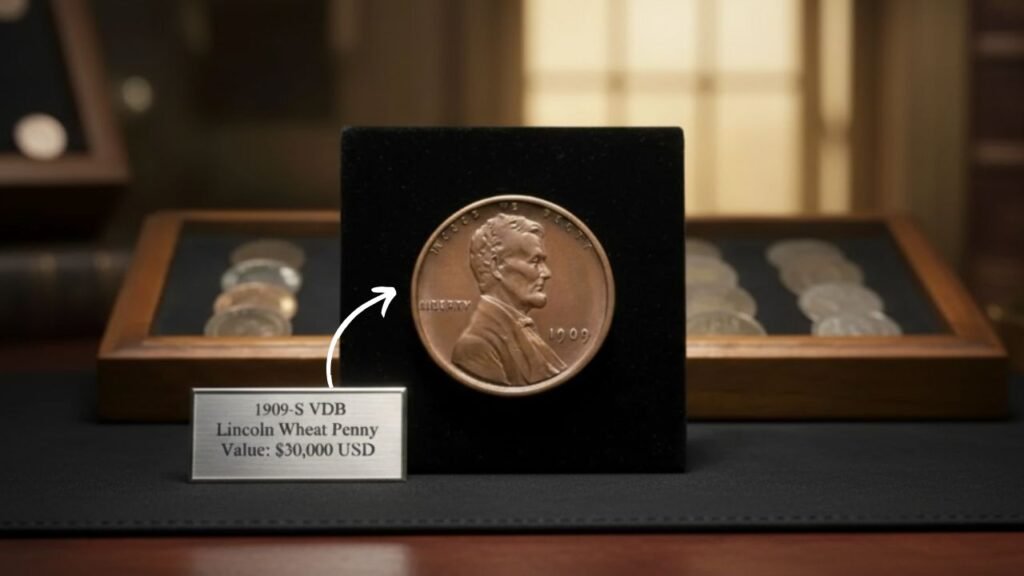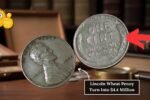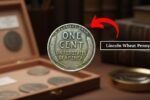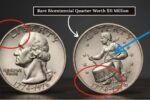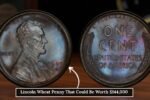Collectors and investors alike are rediscovering the hidden value of old wheat pennies — the Lincoln cents minted between 1909 and 1958. Once common pocket change, these coins have become a hot topic in the numismatic world, with some fetching prices of over $10,000 today.
What Makes Wheat Pennies So Valuable?
Wheat pennies get their name from the two wheat stalks engraved on the reverse side. While most were minted in large numbers, certain dates, mint marks, and minting errors have turned a few into rare collectibles. The combination of history, scarcity, and copper composition makes them highly desirable among collectors.
Value Growth Over the Last Decade
In the last 10 years, the value of wheat pennies has surged dramatically. Coin experts credit this rise to increased interest in tangible investments and nostalgia for early American coinage. Even lower-grade coins have seen moderate appreciation in market value.
Here’s a look at how select wheat pennies have performed:
| Coin Type | Year | Key Feature | Approx. Current Value (USD) |
|---|---|---|---|
| 1909-S VDB | 1909 | Rare mint mark & designer initials | $1,000 – $3,500+ |
| 1943 Bronze Penny | 1943 | Minted by mistake in bronze | $100,000 – $500,000+ |
| 1955 Doubled-Die Obverse | 1955 | Visible doubling of text | $1,500 – $20,000+ |
| 1922 No D Penny | 1922 | Missing mint mark | $500 – $10,000+ |
| Common Wheat Pennies (Uncirculated) | 1940s–1950s | Mint condition | $0.50 – $20 |
Why Condition Matters So Much
Condition is a crucial factor in determining a coin’s worth. Uncirculated wheat pennies—those showing no signs of wear or cleaning—command significantly higher prices than circulated ones. Collectors prefer coins that retain their original luster and detail.
To assess condition, experts use the Sheldon Coin Grading Scale (1–70), with 70 representing a perfect, mint-state coin. Coins in grades above 60 are particularly valuable to serious collectors.
The Nostalgia and Investment Factor
According to coin experts, the surge in wheat penny popularity stems from two key drivers:
- Nostalgia: These coins connect collectors to a simpler, historical era of U.S. currency.
- Investment Appeal: Rising metal prices and increased collector demand have made wheat pennies an attractive alternative asset.
As interest in rare coins continues to grow, even small discoveries can translate into big paydays.
Conclusion
Before you spend that old wheat penny, take a closer look—it might be worth far more than its face value. With prices climbing and collectors on the hunt, these small copper coins from the early 20th century are turning into valuable treasures of modern times.
FAQs
What years of wheat pennies are worth the most?
The 1909-S VDB, 1943 bronze, and 1955 doubled-die are among the most valuable wheat pennies.
How can I tell if my wheat penny is rare?
Check for unique mint marks (like “S” for San Francisco) and visible errors such as doubling or off-center strikes.
Should I clean old wheat pennies before selling them?
No. Cleaning can reduce the coin’s value significantly. Collectors prefer original, unaltered surfaces.
Where can I sell valuable wheat pennies?
You can sell them through coin dealers, online auctions, or certified coin shows.
Are all wheat pennies made of copper?
Most are 95% copper, except for the 1943 steel penny, which was made during World War II due to copper shortages.
